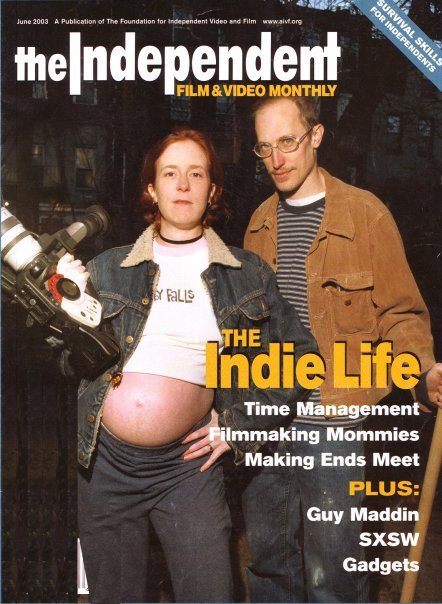“Through the passage of time, we observe that as much as things change, the more they stay the same.”
-Suki Hawley and Michael Galinsky
ABOUT THE FILM
Filmmakers Hawley and Galinsky have documented protests for over 30 years as observers rather than journalists or activists. Working without a specific agenda, the films from the beginning simply recorded events in a neutral manner. The work begins in the Southern United States at a Klan rally that is seen at the time as a last gasp of White Supremacy. Shortly after shooting these photos, Galinsky headed to NY where he studied religion and sociology while playing in a band and making images that documented underground culture. He began to make films with Suki Hawley in the mid 1990’s. Their first feature documentary focused on an underground publisher taking on GW Bush. This is when they began to shoot a great deal of footage related to protest. That film “Horns and Halos” premiered at Rotterdman in 2002. While distributing their 2011 feature “Battle for Brooklyn,” they began to document the Occupy Wall Street movement. A couple of years later, they moved back to North Carolina with their kids. Within days of their arrival, they felt compelled to document the Moral Monday Movement. Over the next several years, they covered rallies celebrating the Confederate Flag, celebrating Trump, and more. At the time, they were concentrating on documenting these events with a sense of urgency. When they started to share these short works with others, they recognized a connection between them and began to weave the films together as a feature.
“Filmmakers Suki Hawley and Michael Galinsky have documented protests for more than 30 years. ‘Working in Protest’ collects footage they’ve captured over those decades, offering a largely chronological compilation of protests from both the right and the left: Klan and white-power rallies; anti-racism and anti-war protests; Occupy Wall Street, Tea Party, and Black Lives Matter events; pro- and anti-Trump gatherings. The film features widely varying opinions and a diverse chorus of voices, all presented without significant judgment. Beginning with a recent event — a KKK rally in celebration of Trump’s victory that draws counter-protesters who successfully shut it down — ‘Working in Protest’ then moves back to 1987, to a white-power rally that observers who are interviewed see as an artifact of a different time, a last gasp of the Confederacy. Contemporary events, of course, make their hopeful observations seem sadly naive and the events documented newly relevant.” – St. Louis Film Festival



